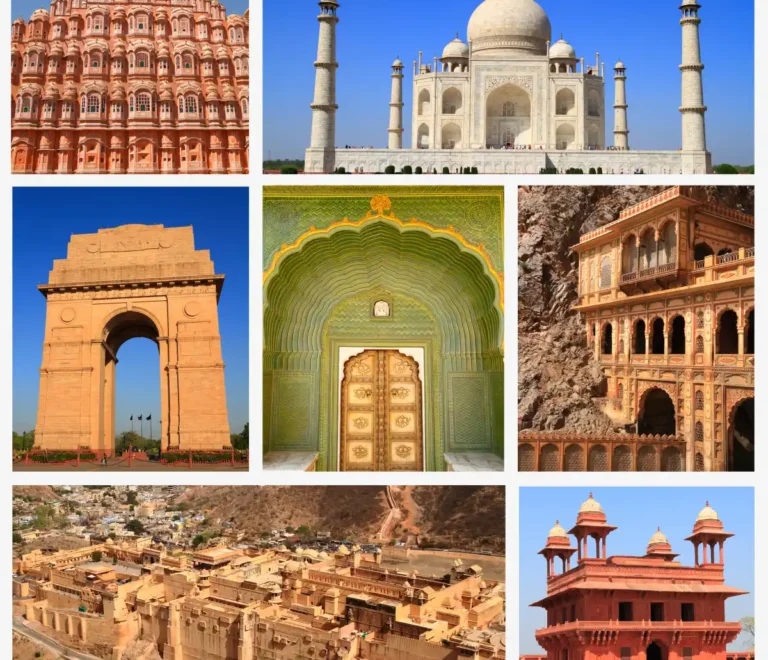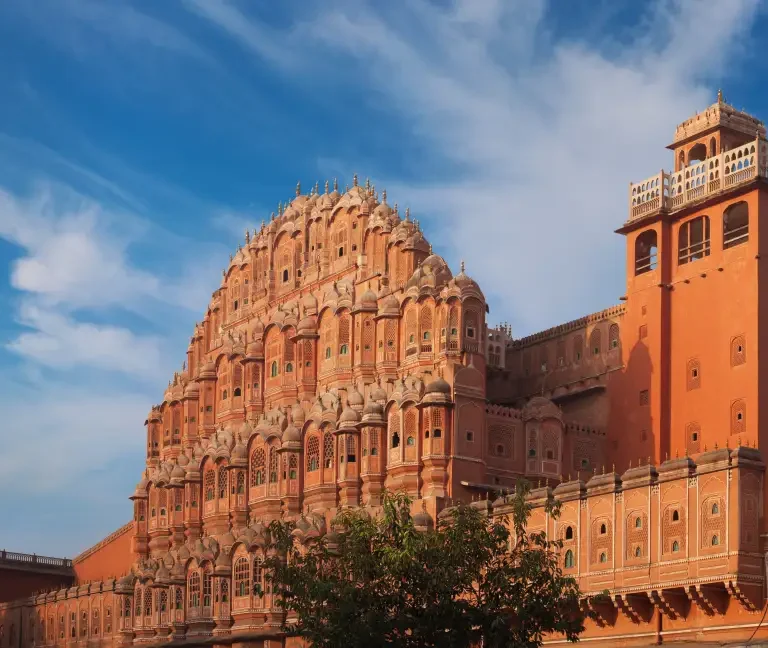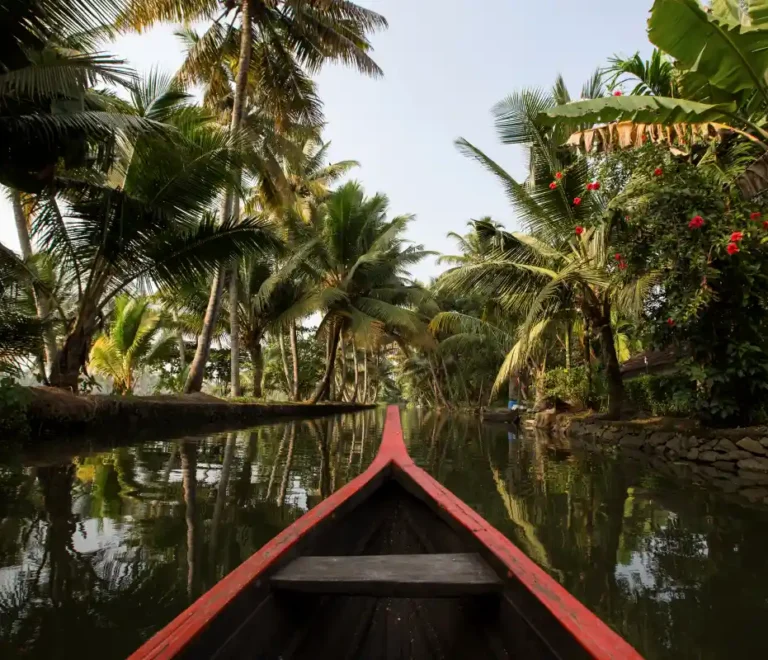
🧳 How to Plan a Trip to India: A Step-by-Step Travel Guide (2025)
Planning a trip to India can feel overwhelming, especially for first timers. With...

Planning a trip to India can feel overwhelming, especially for first timers. With...

Introduction to India’s Rich Cultural Heritage India, renowned for its rich cultural heritage,...

The Iconic Taj Mahal The Taj Mahal, universally acclaimed as a symbol of...

The Amber Fort: A Glimpse into Royal History The Amber Fort, a majestic...

Introduction to Kerala Backwaters The Kerala backwaters are a captivating ecosystem, comprising an...